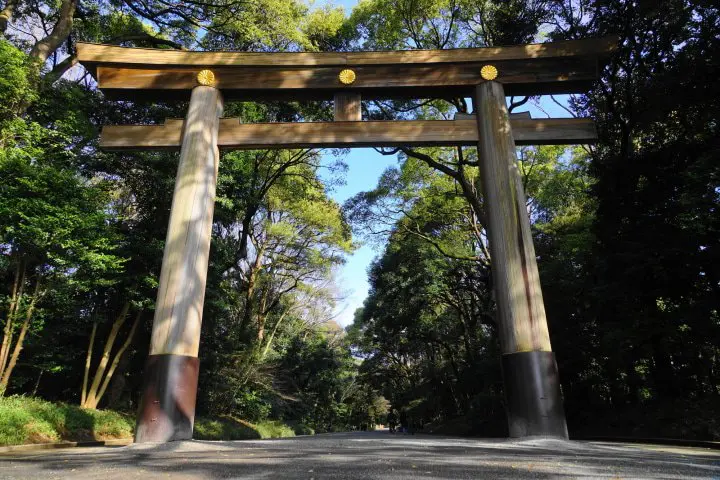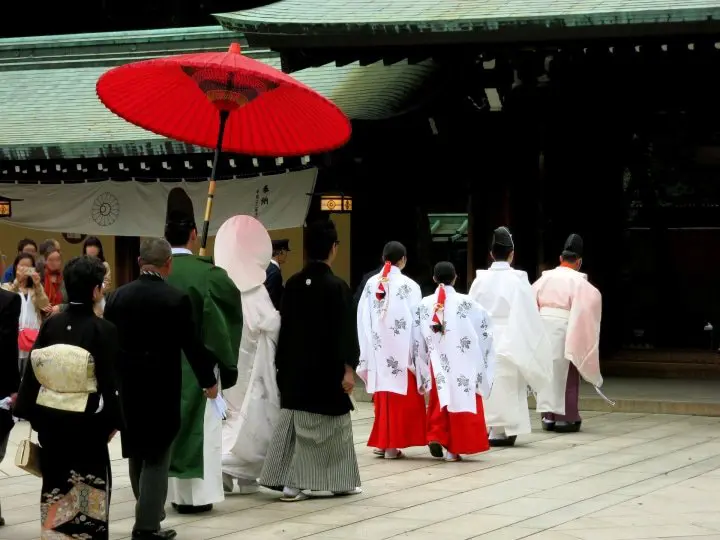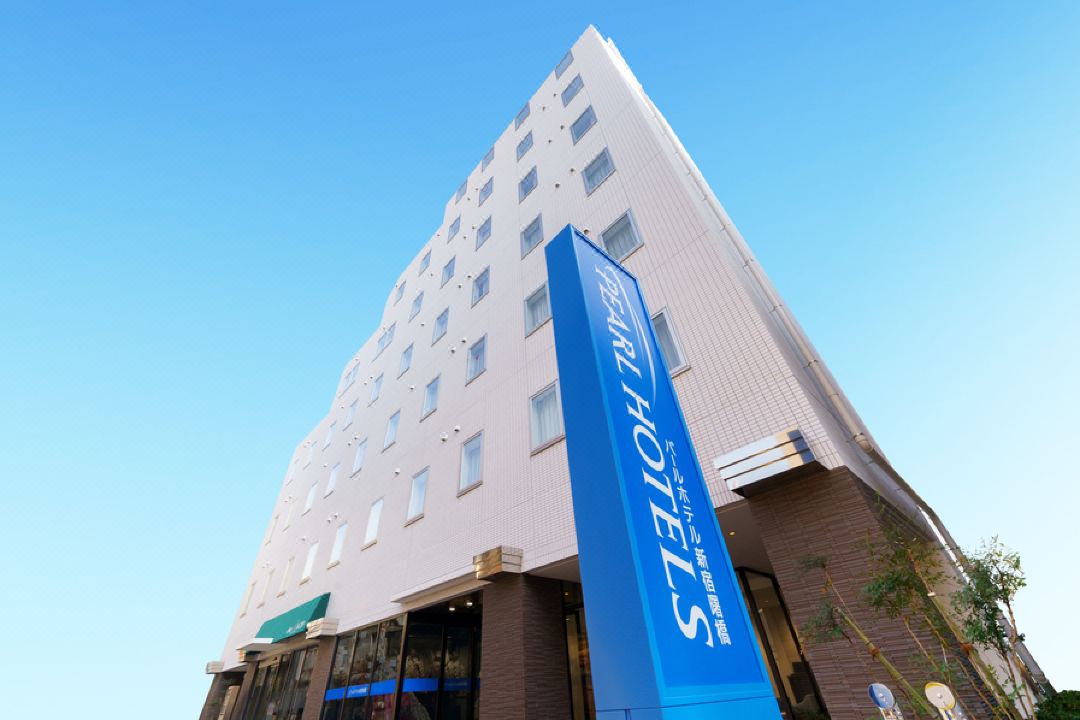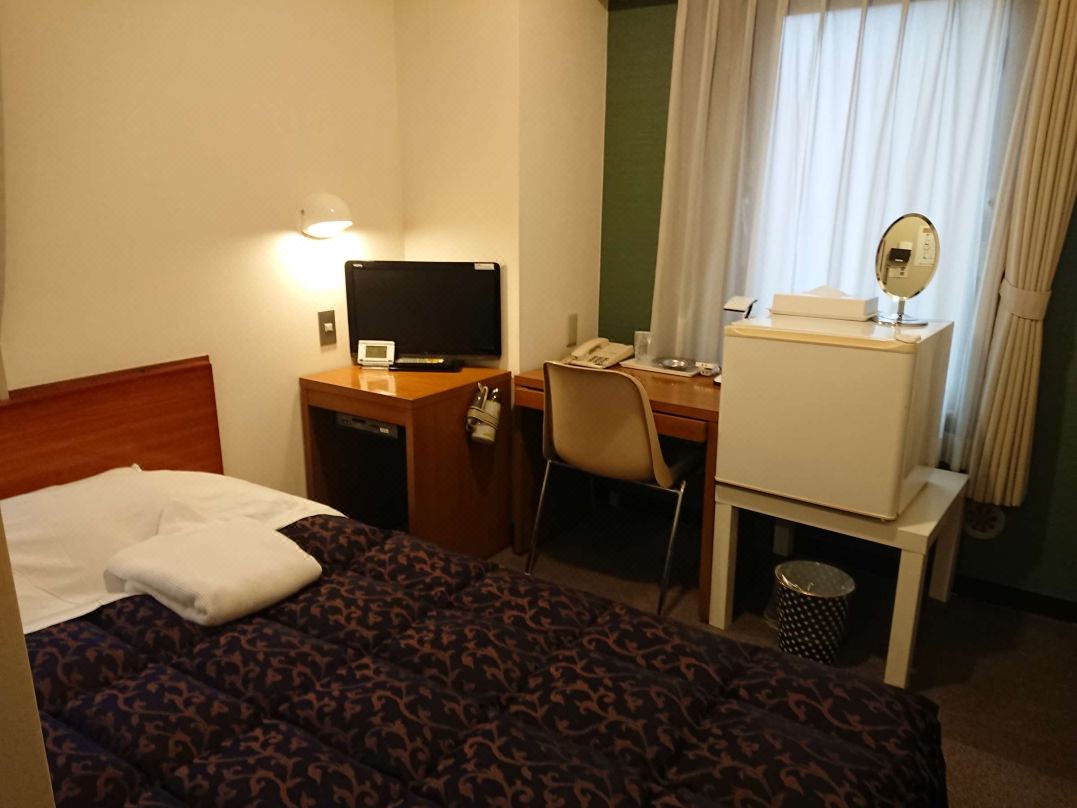Meiji Jingu: A Historical Shrine in Tokyo's Harajuku District

There are shrines everywhere in Japan, but only a handful are called "jingu." Meiji Jingu is one of them, and it enshrines Emperor Meiji and his Empress.
There are shrines everywhere in Japan, but only a handful are called jingu. This suffix is associated with the imperial family and usually enshrines a past emperor within its sacred grounds.
Meiji Jingu is one of them, and enshrines Emperor Meiji and his Empress, who reigned from 1867 until 1912. After Emperor Meiji passed away, Tokyo citizens voiced their desire for a shrine dedicated to him. Therefore, the construction of Meiji Jingu began in 1915. It took five years to complete and was finally finished in 1920.

The site of Meiji Jingu was once nothing but wilderness. 110,000 volunteers from Japan, the Korean Peninsula, and Taiwan helped plant 120,000 trees from 365 varieties here. These trees were planted with the hopes that a forest would flourish a century later. Additionally, they prayed that this rich ecosystem would be loved by many, which certainly is true today.
This sacred space is kept immaculately clean and any fallen leaves are diligently swept up. These leaves are then returned to the forest to let nature take its course.
Torii: A Gateway Protected by the People
When traveling along the southern and northern paths to the shrine, you'll encounter the symbol of Meiji Jingu: the torii. This large gate stands at the entrance to the shrine, symbolizing the border between the human world and the land of deities.
Meiji Jingu is actually home to the world's largest wooden torii, with a height of 12 meters and a width of 17.1 meters. The individual pillars alone are 1.2 meters wide, and weigh an astounding 13 tons!

Photo by PIXTA
However, the gate that stands here today isn't the original. In 1966, the first torii was destroyed by a lightning strike. When this occurred, Yasushi Kawashima, a timber merchant from Tokyo, declared he would rebuild the torii. This act was a token of gratitude to the deities who have watched over him and his business.
Kawashima traveled many times to Taiwan. When visiting the Dan Mountain located 3,300 meters above sea level, he discovered a gigantic 1,500-year-old Japanese cypress tree: the perfect material for building a torii. Where there was nothing but a steep precipice, he built a road and took down the enormous tree with the help of locals.
The current torii that welcomes visitors into Meiji Jingu is the result of years of his effort and was finally completed in 1975.
Festivals, Rituals, and Weddings
Many events take place at Meiji Jingu throughout the year.
From around January 5th to the 7th, there is a ceremony dedicated to Japan's national sport and past sacred ritual: sumo. A ring purification ritual is conducted by the yokozuna, the highest-ranking sumo wrestler. This event is extremely popular since it's a rare opportunity to see the yokozuna up close.
February 11th is the Kigensai, a festival celebrating the founding of the nation. This is Meiji Jingu's biggest festival with around 5,000 people participating in a parade with 14 mikoshi (portable shrine), and tens of thousands of people coming to watch annually.
Every month, excluding August, there seems to be some event taking place here, such as the Ningyo Kanshasai on October 4 commemorating dolls or the year-end ritual Joyasai.
In addition to these yearly events, there is a daily event called Nikkusai. This is a sacred food offering to the deities that takes place from 8 a.m. to 2 p.m. If you want to witness a sacred ritual unique to Japan, this is the best time to visit.

Meiji Jingu is also a popular place for wedding ceremonies. Above, you can see a bride dressed in a white kimono called shiromuku, walking underneath a red umbrella. If you manage to catch a glimpse of a gorgeous scene like this, consider yourself lucky!
If a couple married here has children, they will return for prayers for their growth when the kids turn three, five, and seven years old. In other words, families form a long-lasting relationship with the shrine.
Meiji Jingu is a shrine that has been built, protected, loved, and passed down through generations by the Japanese people. Why not pay a visit to this green city-center oasis, and see if it touches your heart, too?
Information
Meiji Jingu
Address: 1-1 Yoyogikamizonocho, Shibuya-ku, Tokyo-to
Hours: sunrise to sunset
Open all year
Nearest Station(s): Harajuku Station (JR Yamanote Line) Meiji Jingu Station (Tokyo Metro Chiyoda Line; Fukutoshin Line)
Access: 2-min walk from Harajuku Station Omotesando Exit
Phone Number: 03-3379-5511
Official Website: Meiji Jingu
Hotels near Meiji Shrine
Main image by PIXTA
人見知りの人嫌いな人情家,スローせっかち,iPhonegrapher,WebDirector,Editor,Writer,国内競技運転者ライセンスA(俗称A級ライセンス)所持,大型自動二輪免許所持,メガネ男子萌え,文房具マニア,デジタルガジェットと旅とごはん(作るのも食べるのも)好き











































![[2026] Top 5 Strawberry Picking Spots in Tokushima, Naruto| Farms and Access Guide for January to May](https://resources.matcha-jp.com/resize/720x2000/2025/03/06-227165.webp)
![[Yamanashi/ Hokuto City] 4 Hot New Spots Opening in 2026](https://resources.matcha-jp.com/resize/720x2000/2025/12/12-252747.webp)


